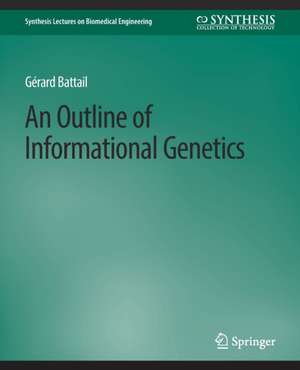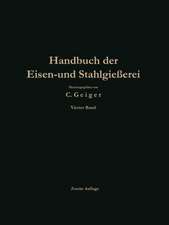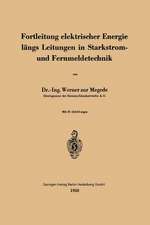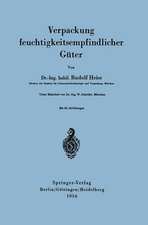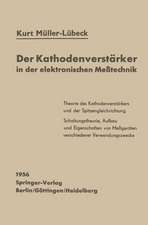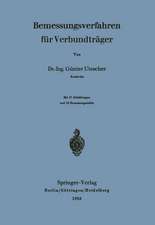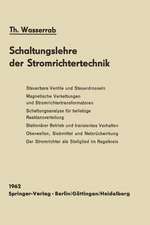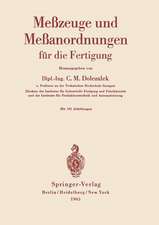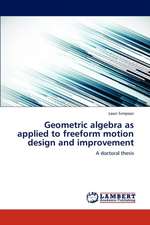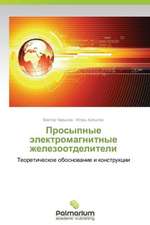An Outline of Informational Genetics: Synthesis Lectures on Biomedical Engineering
Autor Gerard Battailen Limba Engleză Paperback – 22 sep 2008
Din seria Synthesis Lectures on Biomedical Engineering
- 17%
 Preț: 362.03 lei
Preț: 362.03 lei - 15%
 Preț: 522.24 lei
Preț: 522.24 lei - 5%
 Preț: 364.74 lei
Preț: 364.74 lei - 5%
 Preț: 525.89 lei
Preț: 525.89 lei - 15%
 Preț: 636.80 lei
Preț: 636.80 lei -
 Preț: 382.95 lei
Preț: 382.95 lei -
 Preț: 268.83 lei
Preț: 268.83 lei -
 Preț: 260.77 lei
Preț: 260.77 lei -
 Preț: 266.32 lei
Preț: 266.32 lei -
 Preț: 265.18 lei
Preț: 265.18 lei -
 Preț: 262.47 lei
Preț: 262.47 lei -
 Preț: 204.76 lei
Preț: 204.76 lei -
 Preț: 268.66 lei
Preț: 268.66 lei -
 Preț: 262.47 lei
Preț: 262.47 lei -
 Preț: 206.84 lei
Preț: 206.84 lei -
 Preț: 321.54 lei
Preț: 321.54 lei -
 Preț: 192.05 lei
Preț: 192.05 lei -
 Preț: 261.32 lei
Preț: 261.32 lei -
 Preț: 261.53 lei
Preț: 261.53 lei -
 Preț: 206.84 lei
Preț: 206.84 lei -
 Preț: 349.36 lei
Preț: 349.36 lei -
 Preț: 260.95 lei
Preț: 260.95 lei -
 Preț: 204.76 lei
Preț: 204.76 lei -
 Preț: 391.02 lei
Preț: 391.02 lei -
 Preț: 268.83 lei
Preț: 268.83 lei -
 Preț: 205.92 lei
Preț: 205.92 lei -
 Preț: 382.57 lei
Preț: 382.57 lei -
 Preț: 346.48 lei
Preț: 346.48 lei -
 Preț: 264.41 lei
Preț: 264.41 lei -
 Preț: 384.48 lei
Preț: 384.48 lei -
 Preț: 259.04 lei
Preț: 259.04 lei -
 Preț: 260.95 lei
Preț: 260.95 lei -
 Preț: 261.32 lei
Preț: 261.32 lei -
 Preț: 158.66 lei
Preț: 158.66 lei -
 Preț: 207.65 lei
Preț: 207.65 lei -
 Preț: 205.92 lei
Preț: 205.92 lei -
 Preț: 268.66 lei
Preț: 268.66 lei -
 Preț: 322.31 lei
Preț: 322.31 lei -
 Preț: 205.70 lei
Preț: 205.70 lei -
 Preț: 226.22 lei
Preț: 226.22 lei - 15%
 Preț: 404.48 lei
Preț: 404.48 lei -
 Preț: 263.28 lei
Preț: 263.28 lei -
 Preț: 383.71 lei
Preț: 383.71 lei -
 Preț: 273.45 lei
Preț: 273.45 lei -
 Preț: 207.06 lei
Preț: 207.06 lei -
 Preț: 263.06 lei
Preț: 263.06 lei -
 Preț: 260.77 lei
Preț: 260.77 lei -
 Preț: 205.33 lei
Preț: 205.33 lei
Preț: 267.86 lei
Nou
Puncte Express: 402
Preț estimativ în valută:
51.26€ • 55.66$ • 43.06£
51.26€ • 55.66$ • 43.06£
Carte tipărită la comandă
Livrare economică 22 aprilie-06 mai
Preluare comenzi: 021 569.72.76
Specificații
ISBN-13: 9783031005015
ISBN-10: 3031005015
Ilustrații: XVII, 191 p.
Dimensiuni: 191 x 235 mm
Greutate: 0.37 kg
Editura: Springer International Publishing
Colecția Springer
Seria Synthesis Lectures on Biomedical Engineering
Locul publicării:Cham, Switzerland
ISBN-10: 3031005015
Ilustrații: XVII, 191 p.
Dimensiuni: 191 x 235 mm
Greutate: 0.37 kg
Editura: Springer International Publishing
Colecția Springer
Seria Synthesis Lectures on Biomedical Engineering
Locul publicării:Cham, Switzerland
Cuprins
Foreword.- Introduction.- A Brief Overview of Molecular Genetics.- An Overview of Information Theory.- More on Molecular Genetics.- More on Information Theory.- An Outline of Error-Correcting Codes.- DNA is an Ephemeral Memory.- A Toy Living World.- Subsidiary Hypothesis, Nested System.- Soft Codes.- Biological Reality Conforms to the Hypotheses.- Identification of Genomic Codes.- Conclusion and Perspectives.
Notă biografică
Gérard Battail was born in Paris, France, on June 5, 1932. He graduated at the Faculté des Sciences (1954) and the Ecole nationale supérieure des Télécommunications (ENST) in 1956, both in Paris. After his military duty, he joined the Centre national d’Etudes des Télécommunications (CNET) in 1959. He worked there on modulation systems and especially on frequency modulation, using fundamental concepts of information theory to understand its behaviour in the presence of noise, especially the threshold effect. In 1966, he joined the Compagnie française Thomson-Houston (later become Thomson-CSF) as a scientific advisor to technical teams designing radioelectric de[1]vices. There he interpreted channel coding as a diversity system for designing decoders, especially soft-input ones. He also worked on source coding, frequency synthesizers, mobile communication and other problems related to the design of industrial radiocommunication devices. In 1973, he joined ENST as a Professor. He taught there modulation, information theory and coding. He had also research activities in the same fields with special emphasis on adaptive algorithms as regards source coding and, for channel coding, on soft-in, soft-output decoding of product and concatenated codes. He proposed as a criterion for designing good codes the closeness of its distance distribution with respect to that of random coding instead of maximizing the minimum distance. These rather unorthodox views are now recognized as having paved the way to the invention of turbocodes by Berrou and Glavieux in the early 90s. After his retirement in 1997, he started working on applications of information theory to the sciences of nature. He especially investigated the role of information theory and error-correcting codes in genetics and biological evolution, showing that the conservation of genomes needs error-correcting means. He applied for many patents, wrote many papers and participated in many symposia and workshops. He also authored a textbook on information theory published by Masson in 1997. He is a member of the Société de l’Electricité, de l’Electronique, des Technologies de l’Information et de la Communication (SEE) and of the Institute of Electrical and Electronics Engineers (IEEE). Before his retirement, he was a member of the editorial board of the Annales des Télécommunications. From 1990 to 1997, he was the French official member of Commission C of URSI (International Radio-Scientific Union). From June 2001 to May 2004, he served as Associate Editor at Large of the IEEE Transactions on Information Theory.
